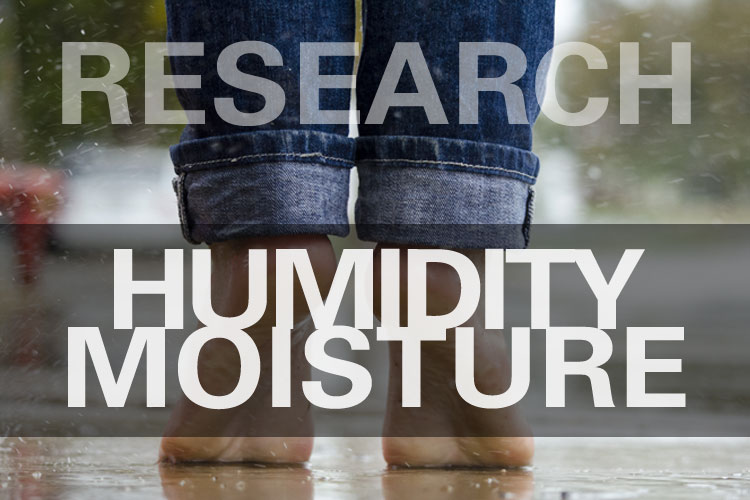Straw bale use in buildings may be an interesting way to decrease our energy needs and our impact on the environment. The present paper describes an experimental setup to monitor three straw bale buildings recently built in Belgium. For each building, results on temperature and relative humidity, inside and outside, are analyzed, as well as the internal evolution of temperature and humidity distribution in the walls. The first building is an office building where two finishes are compared. Measurements also provide additional data on CO2 levels and electric consumption. The two other buildings are dwellings where live one single family.
In the first one, a wall in the bedroom and a retaining wall is analyzed. In the second one, a wall in the bedroom and a wall in the bathroom are analyzed. Their hygrothermal behavior is discussed based on simulation results obtained with WUFI Pro and WUFI Plus software. The criterion for the validation of wall behavior is based on water content distribution through the walls. The paper confirms the great potential of this type of building technology and helps to identify how to assess and validate their effective hygrothermal behavior.
Authors:
- Arnaud EVRARD
- Samuel DUBOIS
- Arnaud LOUIS
- Frédéric LEBEAU



